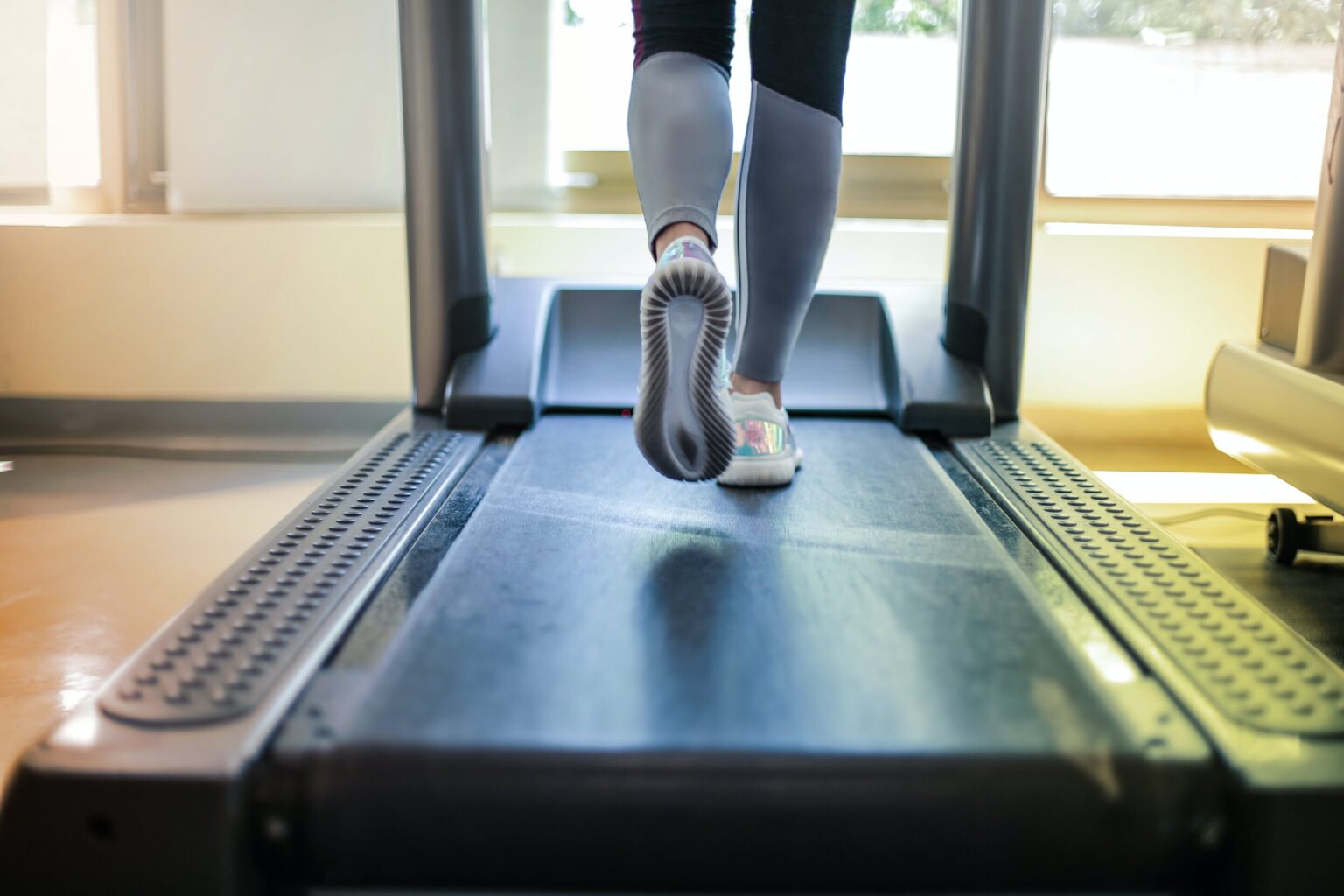
Researchers at University of Tsukuba identified a previously unconfirmed gas exchange threshold in rats and demonstrated that this threshold, together with the lactate threshold, serves as an indicator of moderate-intensity exercise to determine the effectiveness of training in enhancing aerobic performance.
The study is published in Medicine & Science in Sports & Exercise. This achievement is fundamental for basic research on exercise. It will be useful for researchers in the field of health and fitness promotion as it provides a useful moderate-intensity index for rats.
During incremental aerobic exercise, there are thresholds where blood lactate levels begin to rise, and CO2 production increases rapidly relative to O2 uptake. The former threshold is termed the lactate threshold (LT), and the latter, the gas exchange threshold (GET). In humans, these thresholds are moderate-intensity exercise indices, with LT and GET at 45%–74% of the maximal oxygen uptake (VO2max). Training at or above these thresholds improves aerobic performance.
In contrast, in rats, LT has been identified, but GET is not known yet. Furthermore, it is unclear whether the rat GET and LT can be useful indicators of exercise intensity similar to the thresholds in humans.
The researchers previously established a rat model for identifying the LT during running exercise. This study aimed to simultaneously identify LT and GET by integrating this LT model with the standard human GET identification method, known as the V-slope method.
Subsequently, the relationships among the identified GET, LT, and VO2max, as well as the changes in these thresholds following aerobic training below or above the LT, were examined. The results showed that GET and LT in rats occurred synchronously at intensities ranging from 41.0% to 65.5% VO2max, and that the maximal (VO2max) and submaximal (GET, LT) aerobic capacities were enhanced only in rats that trained at intensities above the LT.
These results suggest that the GET and LT in rats are valid indices of moderate-intensity exercise in training prescription to enhance aerobic performance as in humans. The findings of this study are expected to serve as a catalyst for further research in the field of rat studies focused on exercise intensity, ultimately contributing to the advancement of human exercise prescription strategies. In particular, the noninvasive and easily identifiable nature of the GET from the exhaled gas suggests a wide range of potential applications.
More information:
Koshiro Inoue et al, Setting Treadmill Intensity for Rat Aerobic Training Using Lactate and Gas Exchange Thresholds, Medicine & Science in Sports & Exercise (2024). DOI: 10.1249/MSS.0000000000003562
Citation:
Gas exchange and lactate threshold are valid indicators of moderate-intensity aerobic exercise, rat study finds (2025, January 15)
retrieved 15 January 2025
from https://medicalxpress.com/news/2025-01-gas-exchange-lactate-threshold-valid.html
This document is subject to copyright. Apart from any fair dealing for the purpose of private study or research, no
part may be reproduced without the written permission. The content is provided for information purposes only.
This article was originally published by a medicalxpress.com . Read the Original article here. .

